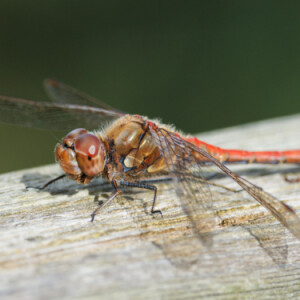Sniping
I made a snap decision this morning to go to Slimbridge, for the first time in a while. The whole site seemed strangely quiet, but I still had a good day, logging thirty seven species of which four were new to my year list. I could have done without the drive home taking nearly twice the normal hour, but reminded myself that whoever caused the massive tailback in which I was embroiled on the northbound M5, by colliding with someone or something else, was presumably having a worse journey than I was.
It's not unusual to see Snipe at Slimbridge, but they're generally shy and retiring rather than showy like this pair. They were part of a group of five or six birds that were hanging out very close to the Hogarth hide, alternately resting and hunting, and offering regular photo opportunities to the assembled lenses. I've chosen this image because you get to see both the length of the Snipe's bill, and the use to which it's put, as it searches for worms and aquatic insects and larvae in the muddy shallows. Adult Snipe are about 26cm (10 inches) long, with a wingspan of 45cm (18 inches); the bill is around 6cm (two and a half inches) long. One of the most interesting facts about the Snipe is that in the breeding season the males produce a sound that's completely unlike any other British bird. Called "drumming", but sounding more like the bleating of a sheep or goat, or some kind of mechanical device, it's made by the bird diving from a height, while holding out two tail feathers at 90° to the direction of flight. You can hear it in the background of the recording on the RSPB page.
Marking the fact that I'm now transitioning (rather sadly) between summer and winter subjects, tonight's second photo is a Common Darter. He was using the handrail of the bridge between the Hogarth hide and the main concourse as his afternoon perch, and though he went up twice as I approached he came back down each time, allowing me several photos. If I'd wound the lens in a bit I could have got it perpendicular to his body as I went past, and achieved stem to stern focus, but I was being a little dozy at the time and didn't think of it. As it is, getting focus as sharp as this on the head and face of a 4cm insect, with 500mm of lens, says more about the quality of the gear than the skill of the photographer.


Comments
Sign in or get an account to comment.


